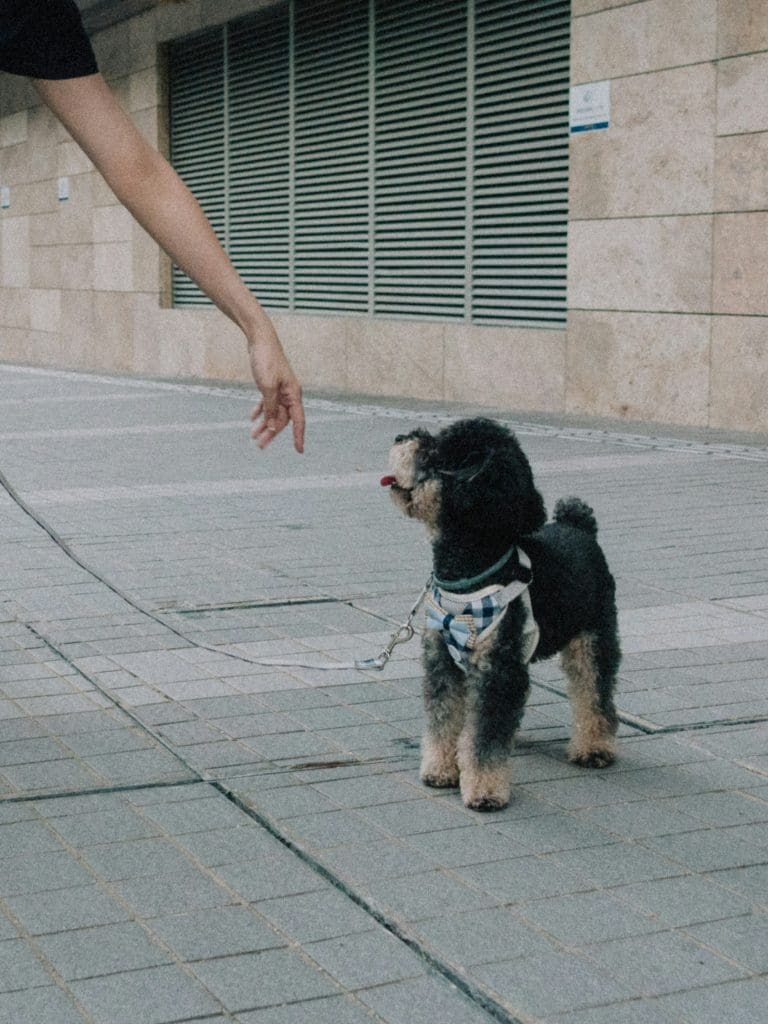Crate Training Tips Every Dog Owner Should Know
Crate training is one of the most valuable tools in a dog owner’s toolkit. When done right, it not only helps with housebreaking but also creates a safe space for your dog to rest and relax. Contrary to some misconceptions, crate training is not about confinement — it’s about providing structure, security, and peace of mind for both dog and owner.
In this post, we’ll walk through the essential crate training tips that every dog owner should know to ensure a positive and successful experience.
1. Choose the Right Crate
The first step is selecting a crate that fits your dog’s size and needs:
-
Size matters: Your dog should be able to stand up, turn around, and lie down comfortably.
-
Material options: Wire crates offer visibility and airflow, while plastic ones offer a cozier, den-like feel. Soft-sided crates are lightweight but best for crate-trained dogs.
Avoid crates that are too large, especially during housetraining. Too much space may lead your dog to use one corner for sleeping and another for toileting.
2. Introduce the Crate Gradually
Don’t just toss your dog in the crate and close the door. Make it inviting from the start:
-
Leave the door open and let your dog explore it on their own.
-
Place treats, toys, or a comfy blanket inside.
-
Feed meals near or inside the crate to build positive associations.
The goal is for your dog to see the crate as a safe, comforting space — not a punishment.
3. Use Positive Reinforcement
Reward your dog for going into the crate voluntarily. When your dog enters, say a cue like “crate” or “bed,” and offer praise and a small treat. This reinforces the behavior and builds trust.
Never force your dog into the crate or use it for discipline. If crate time becomes associated with punishment, it can undo all your training progress.
4. Keep Crate Sessions Short at First
Start with just a few minutes and gradually work your way up. For puppies or dogs new to crating:
-
Begin with 5–10 minutes while you’re in the room.
-
Slowly increase the duration and start stepping out of the room for short periods.
-
Return calmly to avoid making a big deal of comings and goings.
Use your dog’s comfort level as a guide. If they’re relaxed and quiet, that’s a sign of progress.
5. Create a Calm Crate Environment
Make the crate as cozy and comforting as possible:
-
Add a soft blanket or crate pad.
-
Include a favorite toy or chew to keep them occupied.
-
Avoid placing the crate in a high-traffic or noisy area, especially when your dog is resting.
A quiet, low-stimulation environment helps your dog settle and view the crate as a retreat.
6. Establish a Routine
Dogs thrive on routine. Make crating a regular part of your dog’s schedule:
-
Crate during meals, naps, and bedtime.
-
Use the crate during times when your dog is likely to be calm, such as after a walk or play session.
Over time, your dog will begin to go to the crate on their own when they’re ready to rest.
7. Know When Not to Crate
While crates are useful, they’re not for every situation:
-
Don’t leave your dog crated for extended hours daily (more than 4–6 hours for adults or 2–3 for puppies).
-
If your dog shows signs of crate anxiety — whining, scratching, barking excessively — you may need to revisit training steps.
If your dog panics in the crate, it’s best to consult a trainer or behaviorist before continuing.
8. Use the Crate for Travel and Vet Visits
A crate-trained dog is easier to transport and less stressed in unfamiliar environments. Practice crating in the car to prepare for travel. Some crates are airline-approved, which also helps if you plan to fly with your pet.
Plus, dogs who are comfortable in crates are often less anxious during vet visits or boarding.
9. Transition Slowly Out of the Crate
Once your dog is house-trained and well-behaved at home, you can slowly allow more freedom:
-
Start by leaving the crate door open while you’re home.
-
Try short trips outside the house without crating and observe how your dog behaves.
-
Use baby gates or pet-proofing to prevent accidents or mischief.
Some dogs continue using the crate as their “bedroom” even after being given free rein — and that’s okay!
10. Be Patient and Consistent
Like any training, crate training takes time and consistency. Every dog learns at their own pace. Stay calm, use rewards, and avoid frustration. Celebrate small wins — even if it’s just your dog lying quietly inside for five minutes.
Crate training isn’t about control — it’s about creating a safe environment your dog can rely on.
Final Thoughts
Crate training is one of the most effective ways to provide structure and safety for your dog, especially during early development or periods of transition. When approached with patience and positivity, it can lead to a happier, more secure pet and greater peace of mind for you.
Remember: the crate is not a cage — it’s your dog’s own personal den. Respect it, reinforce it, and it will become one of the best tools in your dog-parenting journey.

